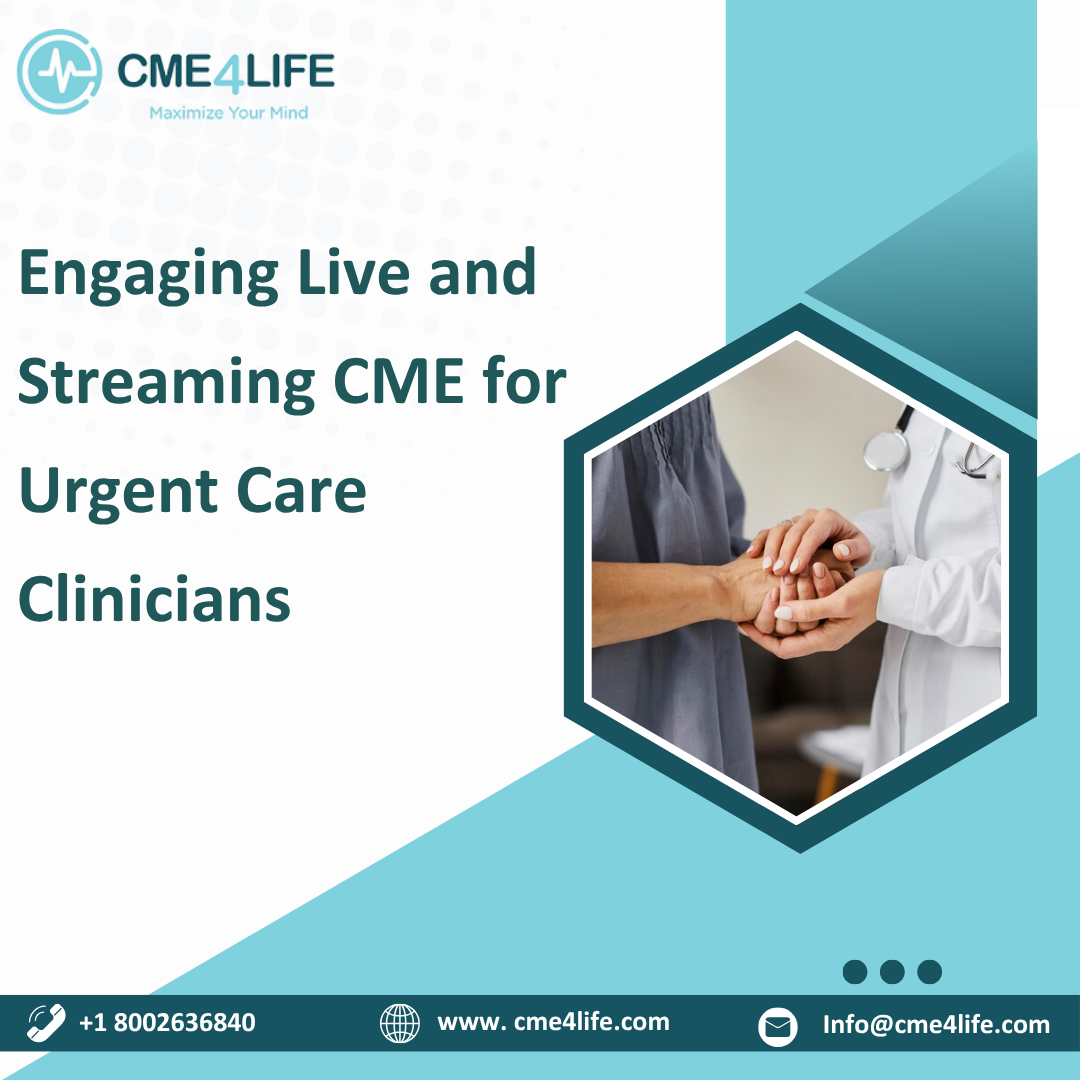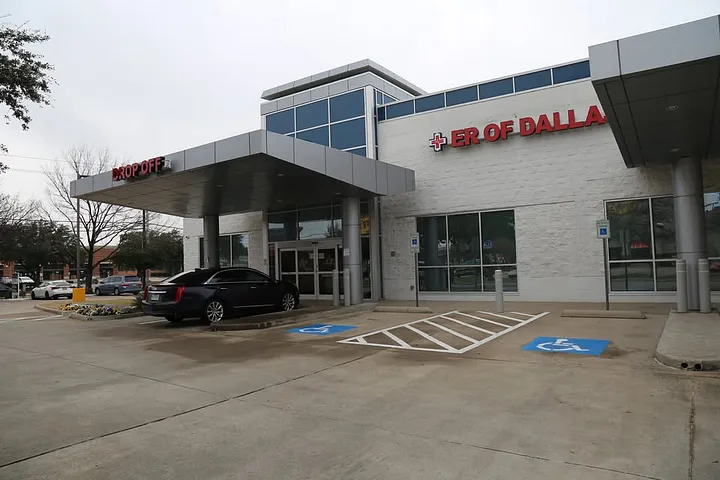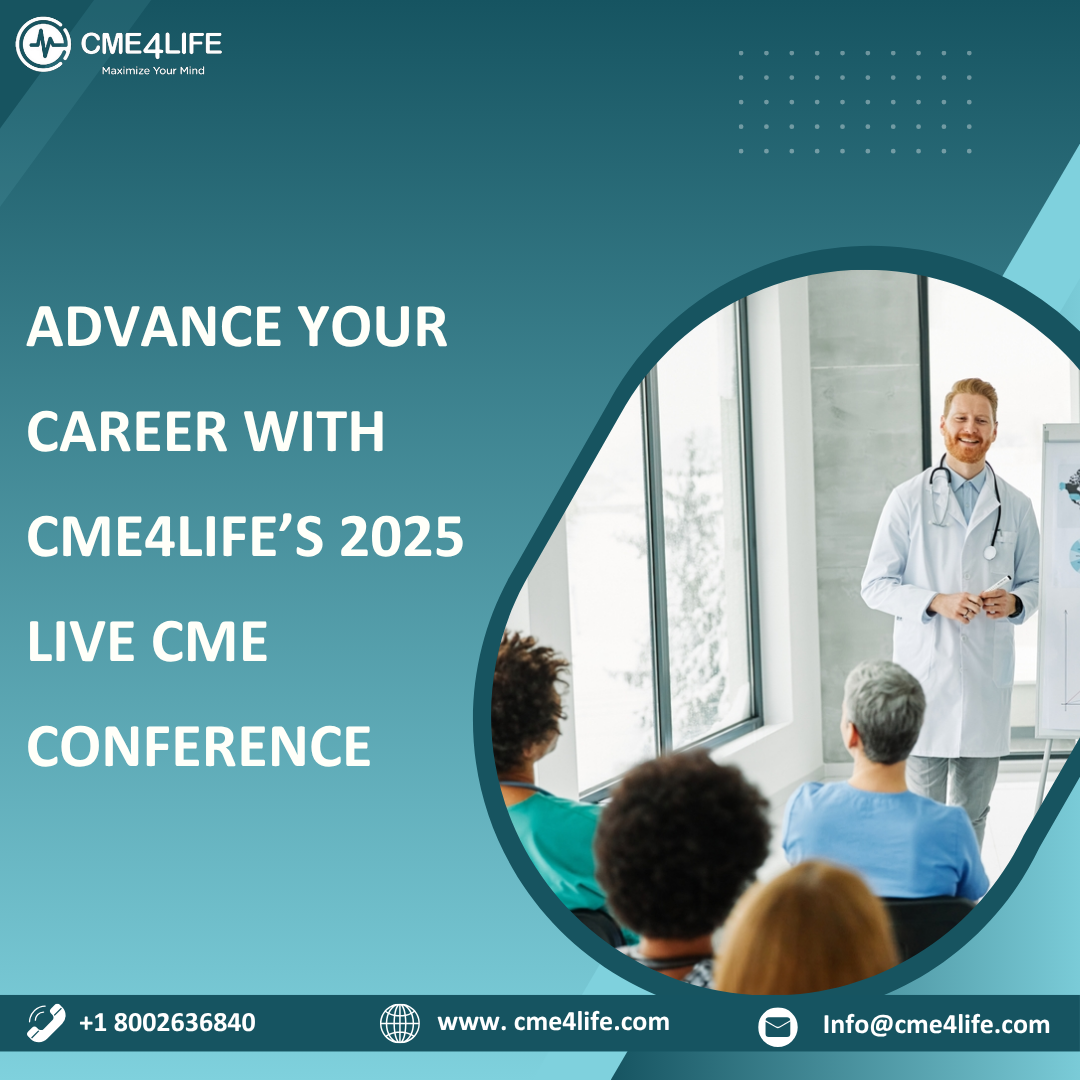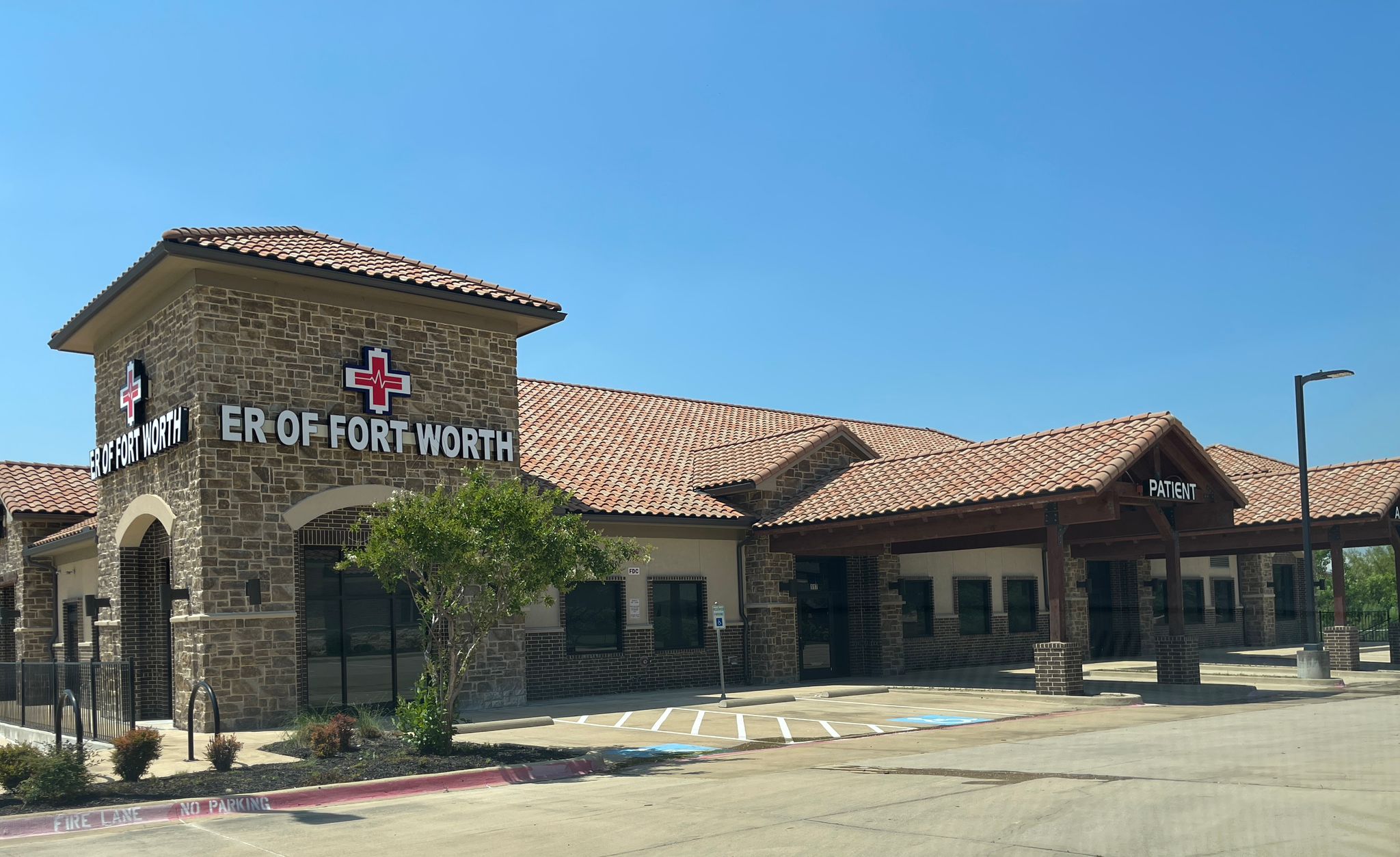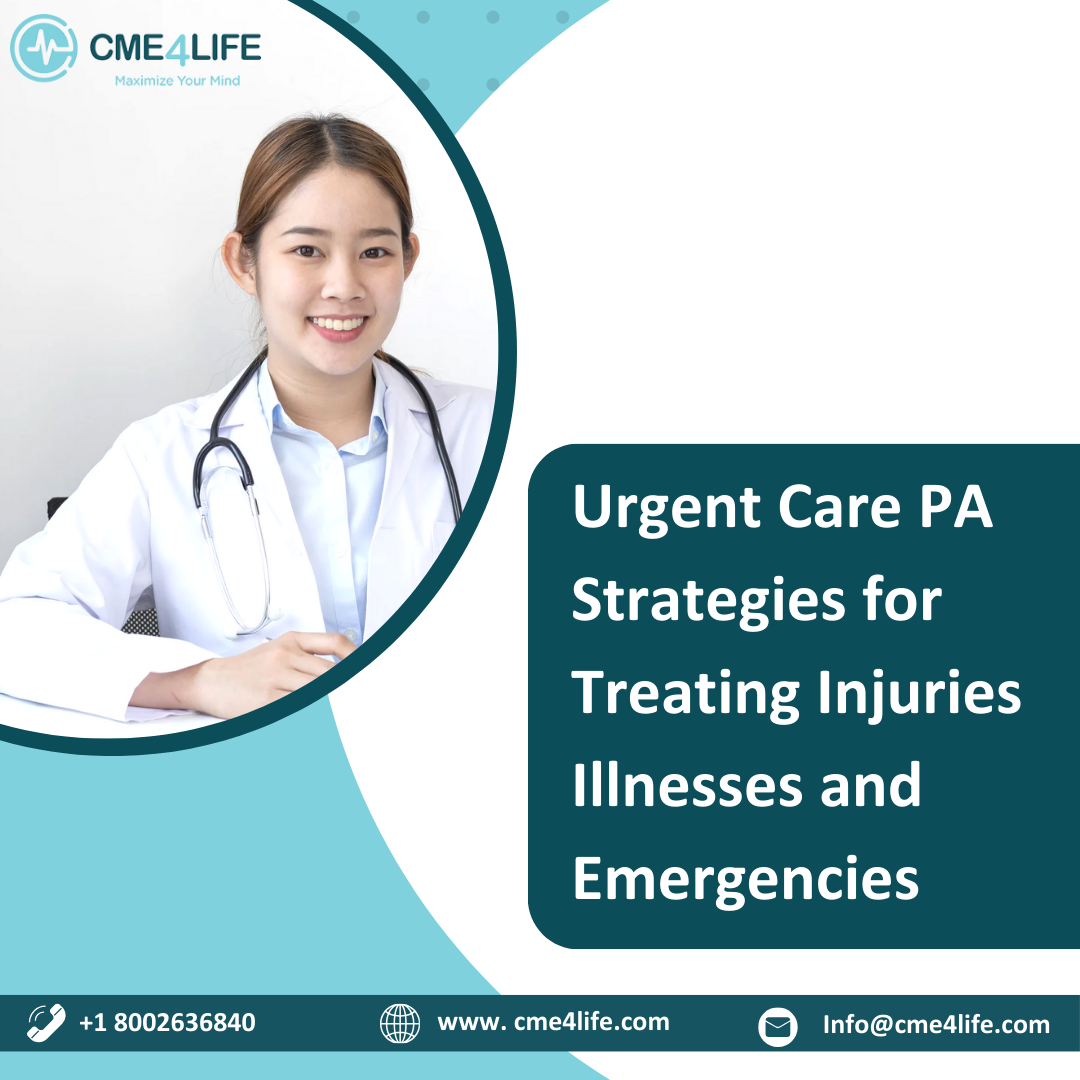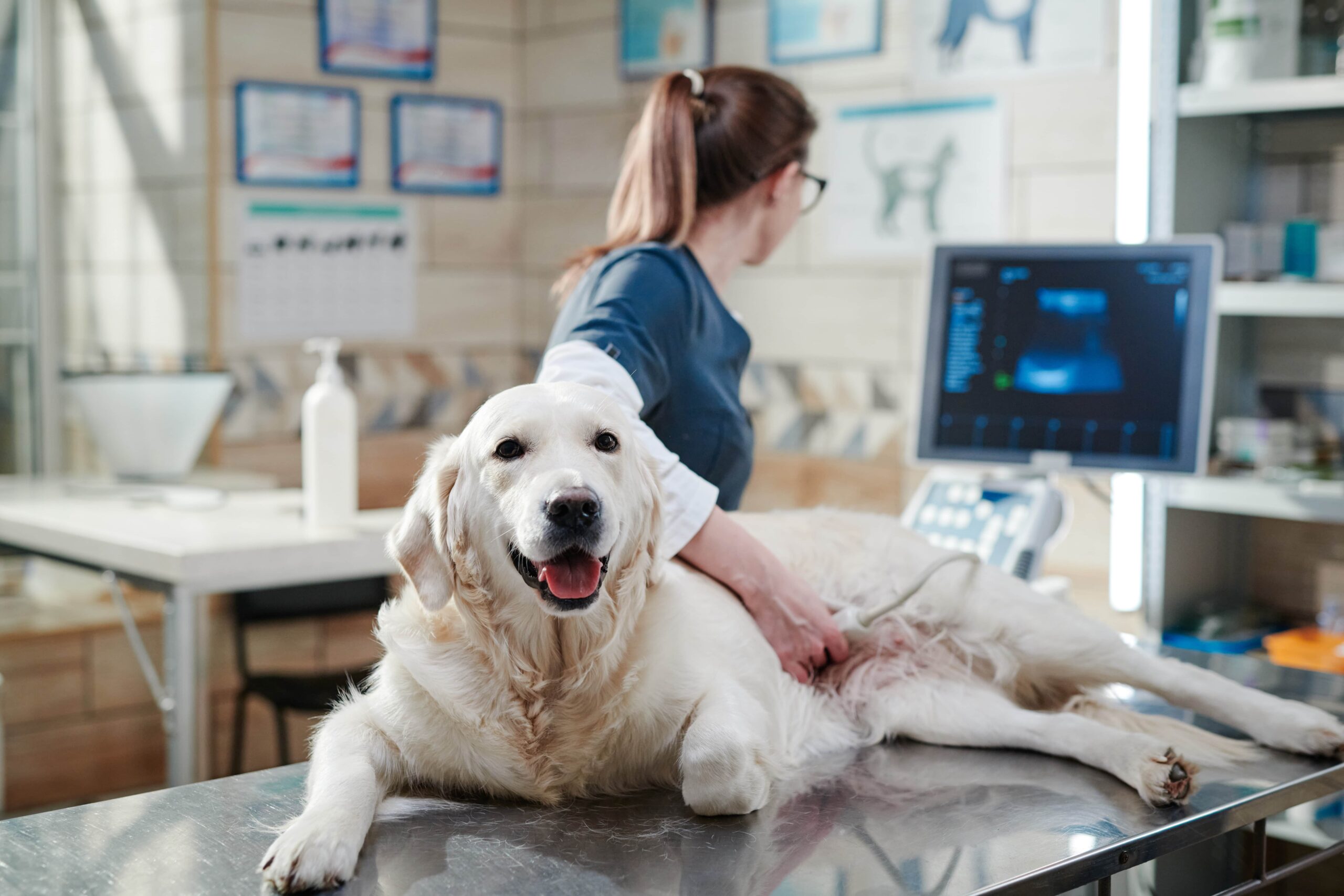Deep Teeth Cleaning vs Regular Scaling in Singapore
#dentist #at #West #Coast #near #Clementi #Ginza #Dental #Surgery #Singapore
A dentist at West Coast for family dental visits can evaluate each family member's individual needs and recommend appropriate treatment plans.
Emergency situations sometimes arise when patients delay necessary deep cleaning procedures, potentially requiring urgent care from an emergency dentist near Clementi available on weekends.
Find out More >> https://cutt.ly/PrVFyWLW
#dentist #at #West #Coast #near #Clementi #Ginza #Dental #Surgery #Singapore
A dentist at West Coast for family dental visits can evaluate each family member's individual needs and recommend appropriate treatment plans.
Emergency situations sometimes arise when patients delay necessary deep cleaning procedures, potentially requiring urgent care from an emergency dentist near Clementi available on weekends.
Find out More >> https://cutt.ly/PrVFyWLW
Deep Teeth Cleaning vs Regular Scaling in Singapore
#dentist #at #West #Coast #near #Clementi #Ginza #Dental #Surgery #Singapore
A dentist at West Coast for family dental visits can evaluate each family member's individual needs and recommend appropriate treatment plans.
Emergency situations sometimes arise when patients delay necessary deep cleaning procedures, potentially requiring urgent care from an emergency dentist near Clementi available on weekends.
Find out More >> https://cutt.ly/PrVFyWLW
0 Comments
0 Shares
1K Views
0 Reviews




